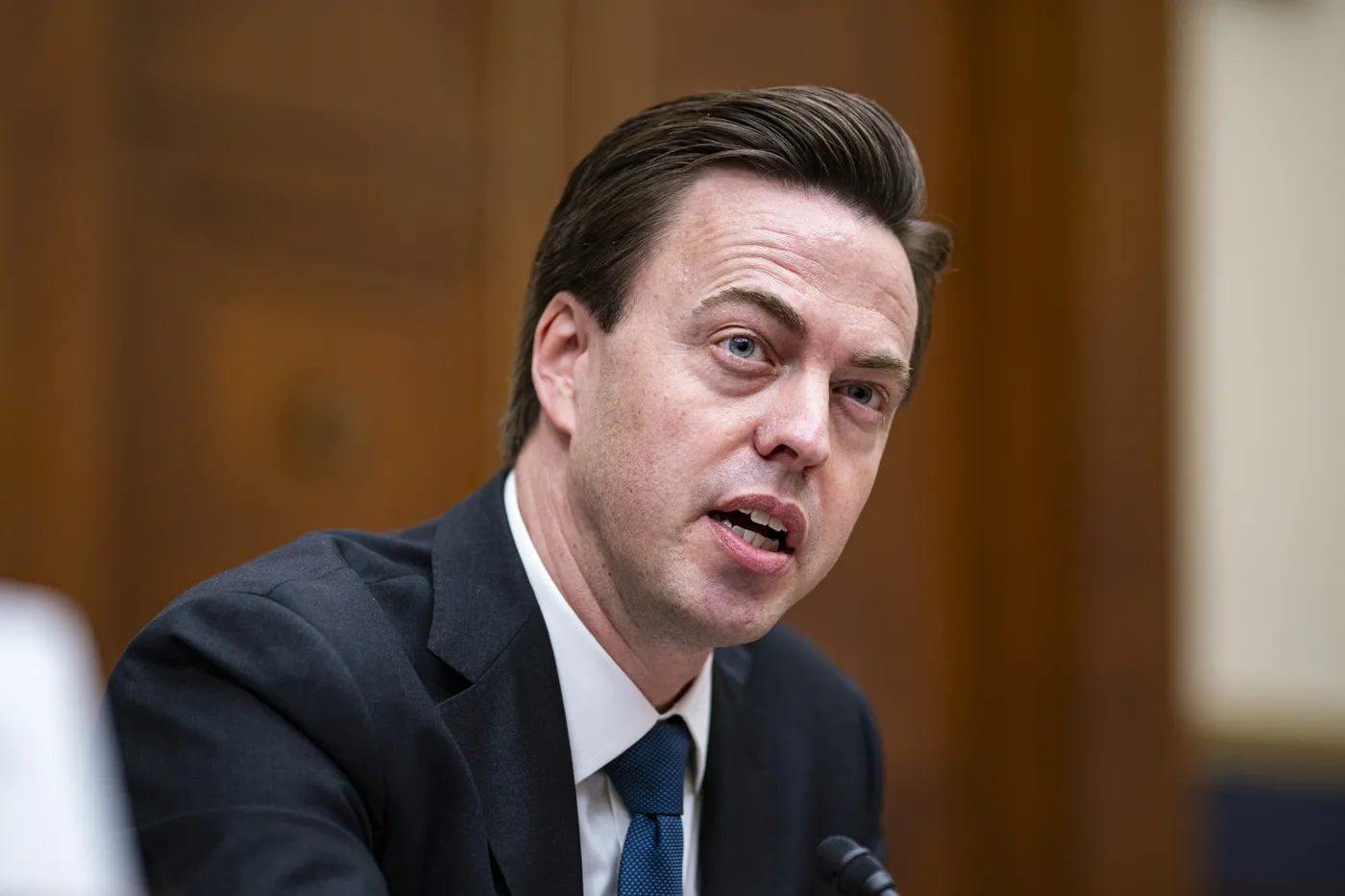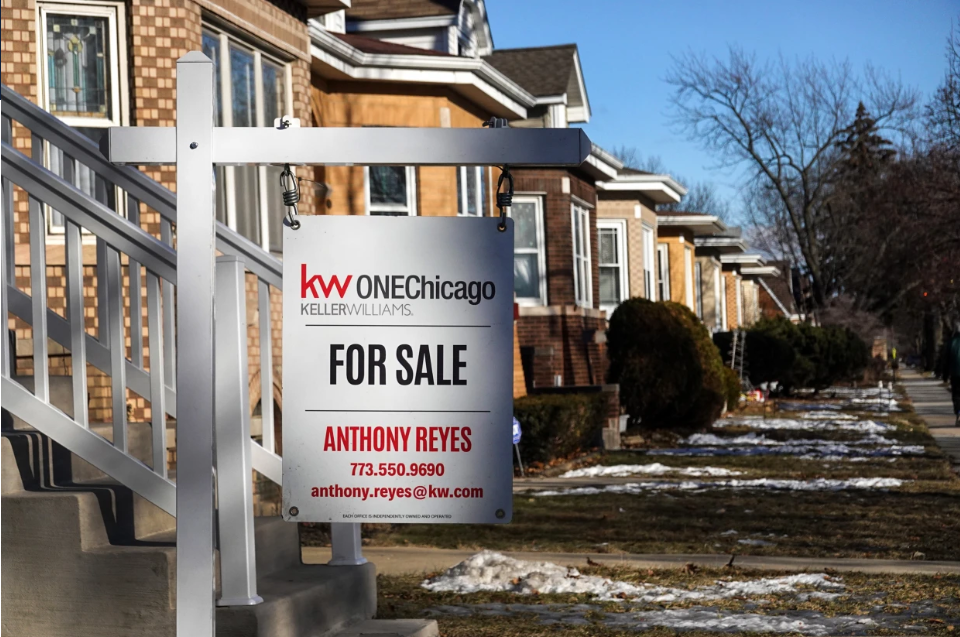A consortium of banks led by Morgan Stanley successfully sold $5.5 billion of the $13 billion debt issued to finance Elon Musk’s $44 billion purchase of Twitter, now renamed X, in 2022, according to a source familiar with the matter.
The deal marks a significant step in reducing the banks’ exposure to one of the most challenging acquisition financings in recent years.
The debt for Musk’s acquisition was structured as a $6.5 billion secured term loan, a $500 million revolving credit facility, $3 billion in unsecured loans, and $3 billion in secured loans. The recent sale involved senior loans, which were marketed to a select group of investors, including Pimco and Citadel.
Initially offered at 90-95 cents on the dollar, the loans were ultimately sold at 97 cents, yielding an interest rate of 11% for buyers. This marks the banks’ second attempt to sell portions of the debt, following a failed effort in late 2022 when unsecured loans attracted bids as low as 60 cents on the dollar.
While the 2022 attempt would have resulted in significant losses for the banks, this latest transaction likely turned a profit, given the improved pricing.
The sale indicates renewed investor interest in X, driven partly by improving financial metrics and a clearer vision for the company’s future. According to financial documents shared during a meeting with investors, X reported an expected adjusted EBITDA of $1.25 billion and annual revenue of $2.7 billion for 2024.
Another factor boosting investor confidence was the platform’s integration with Musk’s artificial intelligence company, xAI. X owns a 10% stake in xAI, valued at approximately $5 billion, and financial ties between the two entities have provided additional financial stability for X.
However, not all investors were convinced. One high-yield fund manager expressed concerns about the lack of a credit rating for the debt and uncertainties surrounding X’s long-term revenue prospects.
This sale is a relief for the banks, which had been holding the debt on their balance sheets longer than anticipated due to initial market resistance and X’s tumultuous start under Musk’s ownership. Advertisers initially fled the platform en masse following Musk’s acquisition, reducing revenues and increasing the risk of default.
Despite this progress, the banks still hold approximately $6 billion of X’s debt, including riskier tranches yet to be offloaded.
The debt sale coincides with efforts by X’s leadership to restore advertiser confidence and stabilize the platform. CEO Linda Yaccarino and CFO Mahmoud Reza Banki have emphasized X’s improving financial health and its potential for sustained growth.
While X is reportedly “barely breaking even,” according to an email Musk allegedly sent to employees, the company’s financial trajectory appears to have improved, particularly with returning advertisers and synergies with xAI.
Reuters, the Financial Times, and the Wall Street Journal contributed to this report.








